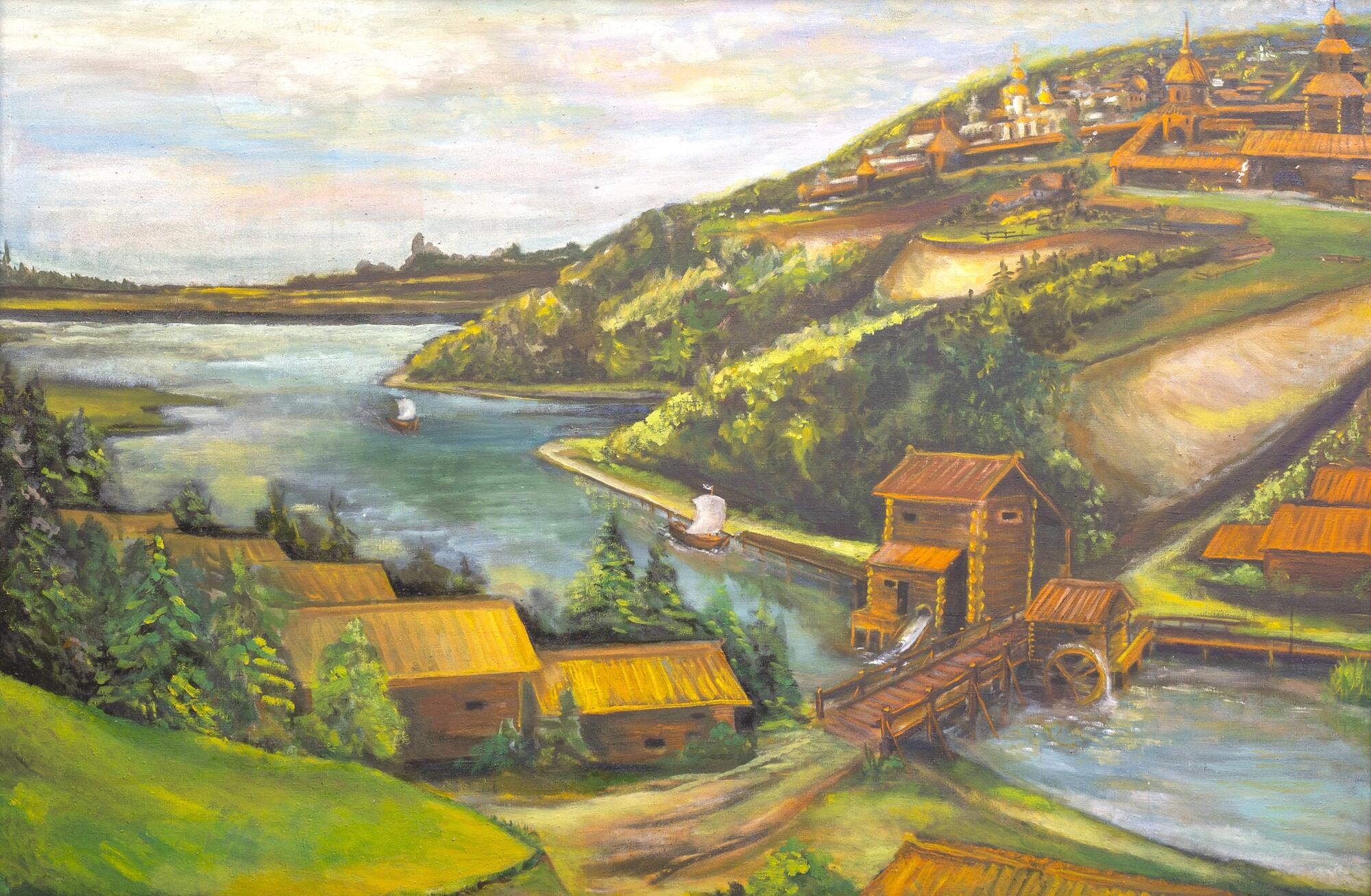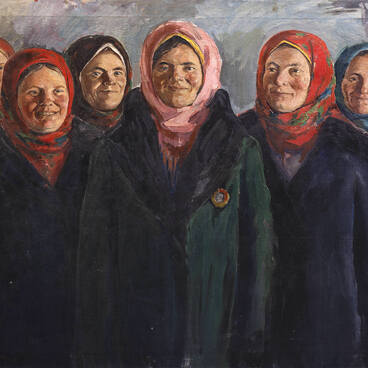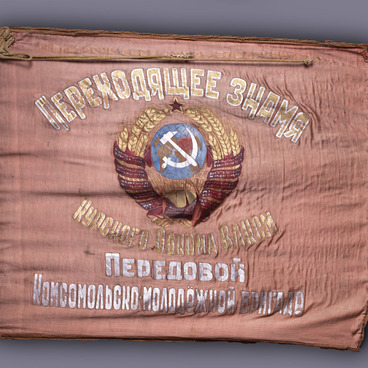In 1571, by order of Ivan IV at the place where the Ublya river flows into the Oskol river, Ust-Ublinsky fortress was founded in order to protect and strengthen the southern borders of the Russian state from attacks of the Golden Horde nomads. The fortified town was erected on a high chalk promontory at the confluence of the rivers Oskol and Oskolets under the guidance of an experienced specialist Ivan Nikitich Myasnoy, who had previously built the Tyumen fortress and the Yelets fortress. From 1593 to 1616 the fortress had a double fortification system — a large and small palisades. The outer belt and the territory, situated inside it, was called “large ostrog” and the inner part, where the administrative center was situated, was called “small ostrog”. Inside the small ostrog were a voivode’s yard, a reception hut, a granary for storing bread, the Sobornaya Church and a small church in the name of Nicholas the Wonderworker.
However, on the site of present-day Oskol even before that, during Kievan Rus, there was the village of Ugly, part of the Grand Duchy of Lithuania. Today, Ugly is a district of the modern city of Stary Oskol. The city did not get this name until 1655, which was associated with the renaming of the nearby town of Tsarev Alekseev into Novy Oskol. At that time, today’s Stary Oskol was home to streltsys, cannon founders, Cossacks and other military people, as well as traders with their families — a total of about fifteen hundred people.
The painting “Stary Oskol” is a historical landscape. The canvas depicts an ancient fortified town standing on a steep hill at the foot of which a river flows. A wooden bridge across it leads to the road into the town. The wooden structures of the watermill stand by the bridge. Such mills functioned in Oskol region till the end of the 19th century.
Behind the trees, there are hills formed by local Cretaceous-age chalk and limestone rocks. The fortifications and the main buildings are made of wood. A temple with golden domes stands out as a white spot among the other houses. To the left of the hill, there is a view of the valley with the river flowing down and a gently sloping bank with forest thickets. The artist captured the pre-dusk mood of a fine summer day.
The painting is created by Alexander Goncharov, an amateur painter from Stary Oskol who created a number of pictures on the history of his hometown. In this work the artist accurately conveys the historical relief of the 16th century area.
However, on the site of present-day Oskol even before that, during Kievan Rus, there was the village of Ugly, part of the Grand Duchy of Lithuania. Today, Ugly is a district of the modern city of Stary Oskol. The city did not get this name until 1655, which was associated with the renaming of the nearby town of Tsarev Alekseev into Novy Oskol. At that time, today’s Stary Oskol was home to streltsys, cannon founders, Cossacks and other military people, as well as traders with their families — a total of about fifteen hundred people.
The painting “Stary Oskol” is a historical landscape. The canvas depicts an ancient fortified town standing on a steep hill at the foot of which a river flows. A wooden bridge across it leads to the road into the town. The wooden structures of the watermill stand by the bridge. Such mills functioned in Oskol region till the end of the 19th century.
Behind the trees, there are hills formed by local Cretaceous-age chalk and limestone rocks. The fortifications and the main buildings are made of wood. A temple with golden domes stands out as a white spot among the other houses. To the left of the hill, there is a view of the valley with the river flowing down and a gently sloping bank with forest thickets. The artist captured the pre-dusk mood of a fine summer day.
The painting is created by Alexander Goncharov, an amateur painter from Stary Oskol who created a number of pictures on the history of his hometown. In this work the artist accurately conveys the historical relief of the 16th century area.


